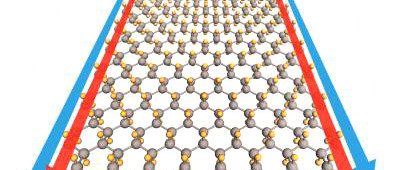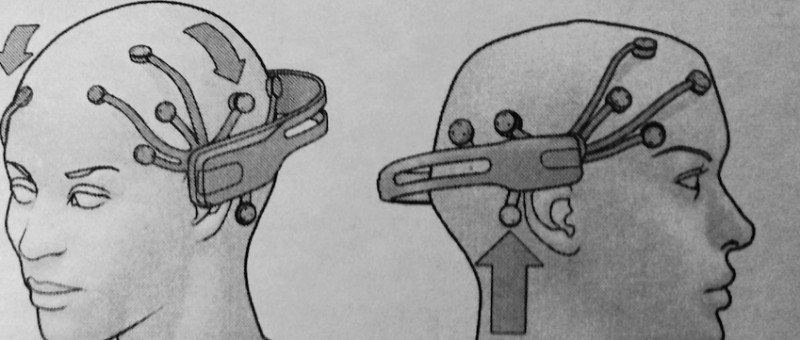| Carbon Nanotubes (CNT) may one day replace the silicon we use for semiconductors. Although it is roughly 15 years since the first CNT transi...
More about Stanford University (39)
| Researchers at Stanford University (USA) have developed novel peel-and-stick thin-film solar cells. Unlike standard thin-film solar cells, t...
| Remember the Concorde or the Tupolev Tu-144, the only civilian airliners to fly beyond the speed of sound? One of the main problems of the C...
| Why can’t we program the internet? Today everything is programmable, your computer, your mobile phone and even your dish washer. The interne...
| A team at Stanford's School of Engineering has demonstrated an ultrafast nanoscale light-emitting diode (LED) that is orders of magnitud...
| The Stanford University theoretical physicist Shoucheng Zhang and colleagues have suggested that a new material called Stanene, composed of...
| In this second part of our Greenland coverage Reiner Gatermann takes a closer look at Greenland's aspirations to exploit the island’s minera...
| Direct electricity use of the Internet is probably around 10% of total electricity consumption, said Jon Koomey Research Fellow at Stanford...
| Consumer grade EEG-scanners used in mind-controlled games can be turned against their user to extract private information, research shows....
| US and (potential) EU trade sanctions against Chinese solar panel producers will only benefit a handful of domestic panel producers, and wil...











